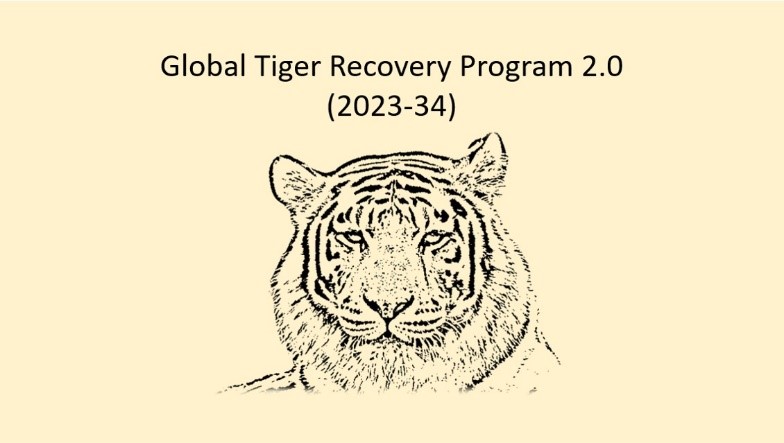Free Courses Sale ends Soon, Get It Now


Free Courses Sale ends Soon, Get It Now



Disclaimer: Copyright infringement not intended.
Context
Global Tiger Recovery Program (GTRP)
GTRP 2.0
Recent Findings
Way Ahead
|
PRACTICE QUESTION Q. Consider the following statements with reference to Kanyakumari Wildlife Sanctuary: 1. Global Tiger Recovery Program (GTRP) was launched in 2010 under the Global Tiger Initiative (GTI) by the World Bank to save wild tigers. 2. The St Petersburg Declaration in 2010 saw 13 tiger range countries commit to reversing the decline of the species population and double their numbers by 2022. How many of the above statements are correct? A) Only 1 B) Only 2 C) Both D) None Answer: C) Both |
© 2024 iasgyan. All right reserved